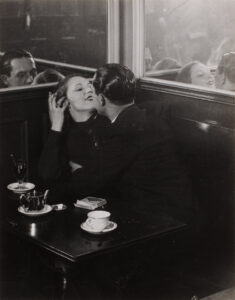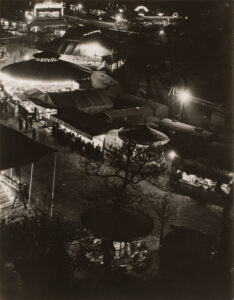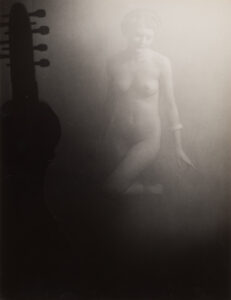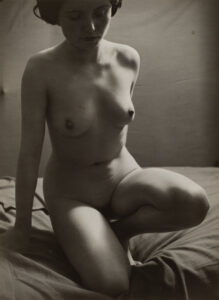Brassaï
Hungarian, 1899—1984
About
Brassaï
Hungarian, 1899—1984
Brassaï, born Gyula Halász, is best known for his evocative photographs of the forbidden Paris of the 1930s, depicting the sordid yet enchanting nightlife of the cafes and brothels, where high society mingled with the underworld. After studying painting and sculpture at the Hungarian Academy of Fine Arts, Brassai moved to the artist’s district of Montparnasse in 1924 to work as a journalist. It was there he met Andre Kertész and began to photograph the city’s darker side: illicit encounters in the brothels, vagrants in deserted streets, opium dens, graffiti drawings, and the smoky café corners of Paris at night. Brassai was one of the first photographers to produce a large body of images taken at night. In his poetic and mysterious images, he employs atmospheric fog, and the contrast of artificial streetlight with murky darkness to defamilairize the familiar Parisian streets; his photographs of nudes similarly transform the female body.
The publication of Paris de Nuit in 1933 successfully launched Brassaï’s photographic career. He contributed regularly to the Surrealist magazine Minotaure and Harper’s Bazaar, and his pictures were widely exhibited, including a solo exhibition at the Museum of Modern Art, New York in 1948, followed by a retrospective there in 1968. His work is in such major collections as the Metropolitan Museum of Art, New York, and the Centre Pompidou, Paris.



